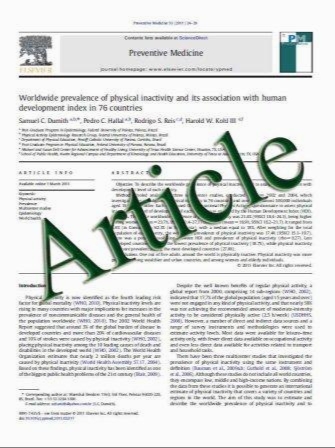Antibiotic-impregnated ventriculoperitoneal shunts—a multi-centre British paediatric neurosurgery group (BPNG) study using historical controls
- نوع فایل : کتاب
- زبان : انگلیسی
- مؤلف : Jothy Kandasamy & Kerry Dwan & John C. Hartley & Michael D. Jenkinson & Caroline Hayhurst & Sylvia Gatscher & Dominic Thompson & Darach Crimmins & Con
- چاپ و سال / کشور: 2010
Description
Background Ventriculoperitoneal shunt infection remains a significant problem. The introduction of antibioticimpregnated shunt (AIS) systems in the prevention of shunt infection may represent a potential advance; however, there are no randomized controlled trials to establish a robust evidence-based practice. Previously published singleinstitution cohort studies have provided varying results on the efficacy of AIS systems in the prevention of shunt infection. In this study, we evaluate combined outcomes from three paediatric neurosurgical units in the use of AIS systems for paediatric patients with hydrocephalus. Methods The three units established independent databases with data collected from varying time frames. All procedures, where a complete AIS system or part was implanted into patients from 0–16 years in age, were included. The primary outcome measure was shunt infection rate. Shunt procedures were classified as de novo (DNS) and clean revision (CRS). An infant (<1 year) de novo insertion subgroup was also analyzed. AIS shunts were compared to a historical control of non-AIS shunts and results were analysed by centre using an odds ratio with a 95% confidence interval and combined across centres by meta-analysis. Results A total of 581 AIS implantation procedures were performed in all three units. The comparative non-AIS historical cohort comprised of 1,963 procedures. The pooled effect estimate indicated a clinical advantage for AIS shunts compared to non-AIS shunts, odds ratio (OR), 0.60 (95% CI 0.38, 0.93). The de novo infant group comprised 153 AIS systems, and 465 de novo shunts in the historical non-AIS cohort. Again the pooled effect estimate indicated a clinical advantage for AIS shunts compared to non-AIS shunts, OR 0.38 (95% CI, 0.17; 0.85); however, there was a large overlap of confidence intervals in the results from the different sites indicating the uncertainty in the treatment effect estimates. Over 80% of organisms were gram positive in the infected AIS cohort with a median time to infection of 19 days. Two rifampicin-resistant organisms and three MRSA organisms were detectedConclusion Data from this exclusively paediatric multicentre historical control study suggest that AIS may significantly reduce infection rates in de novo and clean revision shunt implants. Although the possibility of bias cannot be excluded due to study design, this is the largest study on an exclusively paediatric cohort comparing standard shunts to AIS implants. Future double-blinded RCTs are needed to confirm AIS efficacy
Childs Nerv Syst (2011) 27:575–581 DOI 10.1007/s00381-010-1290-z Received: 24 August 2010 / Accepted: 21 September 2010 / Published online: 17 October 2010


